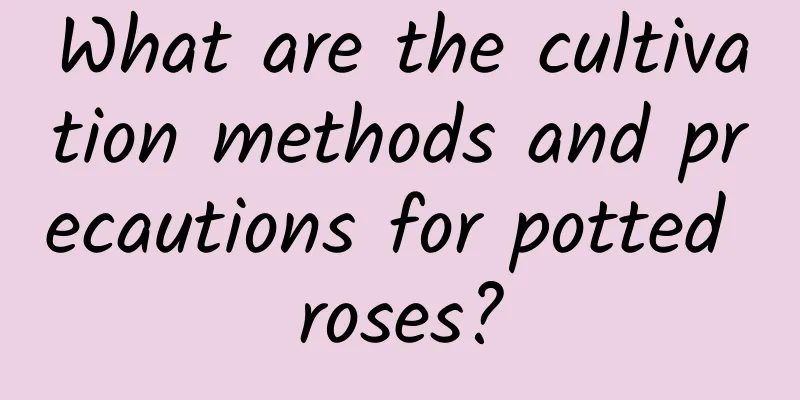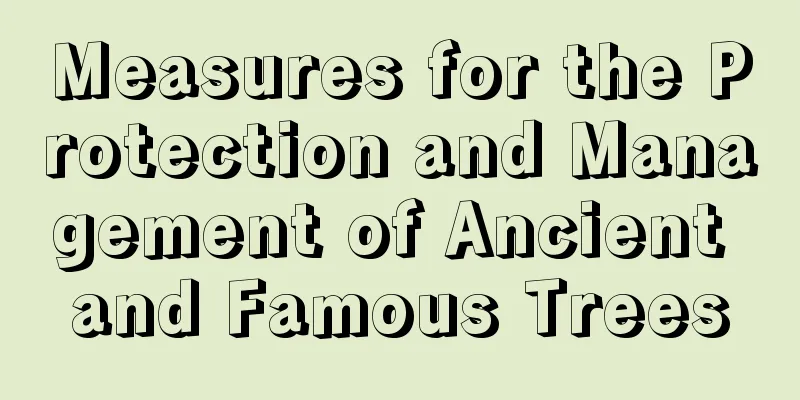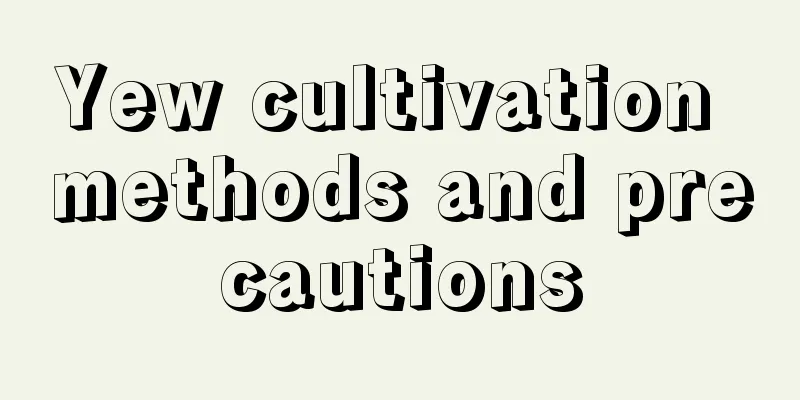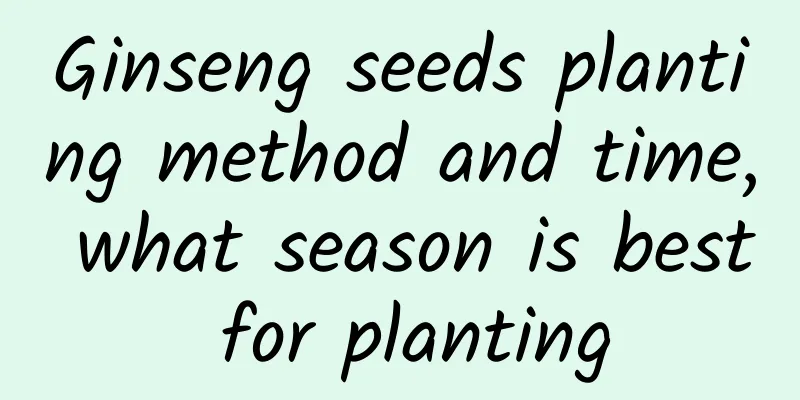How to grow yam
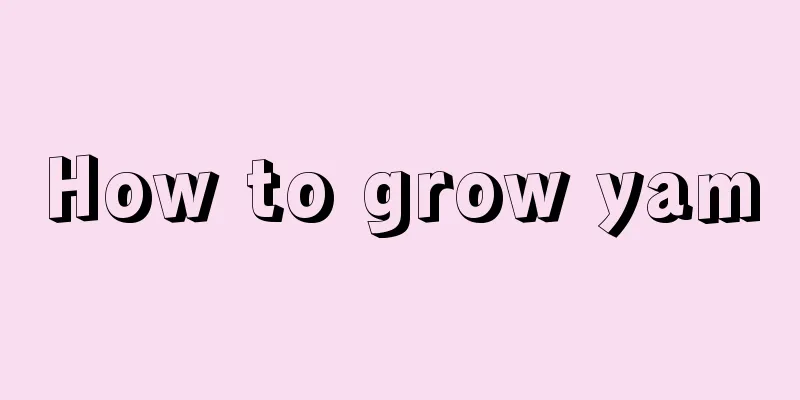
1. Maintenance methods1. Temperature: The suitable temperature for its growth is between 28 and 30 degrees. Maintaining this temperature can make it grow more vigorously. At least the seedlings will not be affected. At the same time, if the temperature is higher than 40 degrees and lower than 10 degrees, it will stop growing, so the yield will also be affected. 2. Watering: It is relatively drought-resistant, so during the entire growth period, you need to be careful not to water it too much. If you water it too much, the fruits at the roots will be seriously affected. At the same time, drainage needs to be done well during the rainy season to avoid flooding. 3. Light: Warm and sufficient light is necessary for its normal growth. Warm sunlight can make its yield higher, which is conducive to the formation of fruits. At the same time, the branches and leaves of the seedlings will be greener. 4. Fertilization: Fertilizer soil is a must. Generally, compound fertilizer is needed every month to provide sufficient nutrition to make the fruit grow more ideal and achieve the goal of high yield. 2. Breeding techniques1. Reproduction: Segmentation propagation and bud propagation are two important methods. For segmentation, you generally need to select the upper part of the yam. The upper part has a stronger ability to take root and sprout. This method of propagation is relatively simple and practical. Bud propagation requires cutting off the top of the yam buds and then planting them. This method cannot be used for large-scale planting. 2. Pruning: There is no need for pruning during normal growth, because the final purpose is to pick its fruit, and its ornamental value is generally not considered, so don't waste energy on pruning it. 3. Problem diagnosis and treatment1. Disease: Anthracnose often occurs. This disease will cause the branches and leaves of the plant to wither in a whole area, so methyl thiophanate solution can be used to prevent and control it. 2. Pests: Red spider mites appear most frequently. They can be removed manually in the early stage of induction, or dichlorodiphenyltrichloroethane solution can be used directly for prevention and control. IV. Other issues1. Toxicity: It is not poisonous. Yam is very nutritious and is a favorite food of many people. 2. Can it be raised at home?: Not suitable, because yam is generally raised as a crop, so it has no ornamental value, and it is obviously not suitable to raise it at home. |
Recommend
The role of the fleshy little red mouth
Small red mouth ornamental effect The appearance ...
How to trim Milan
When is the best time to prune Milan? Milan can b...
How to grow the newly bought lucky bamboo in water
1. How to water culture 1. Before inserting it in...
How to prune a small fortune tree
1. Pruning time It enters a period of vigorous gr...
Tips for growing vegetables in high temperatures (countermeasures to the impact of high temperatures on vegetable growth)
We all know that high temperatures in summer have...
Vinegar is the favorite of these "3 types" of plants. You can drink tens of kilograms of it at a time, which can strengthen the root system and keep yellow leaves away!
Vinegar is used as a condiment in our daily life....
What are the functions of cinnabar root (wealth seeds)
The ornamental effect of cinnabar root The orname...
How to grow Kusu succulent
The succulent Kusu is a succulent plant that is v...
Peony likes the sun or the shade. Plants that like the sun or the shade.
Do peony flowers prefer shade or sun? Peony is a ...
Complete list of pesticide formulas, how to make and produce pesticides
1. Formula 1. Pesticides prepared with different ...
Do tomatoes like water or drought?
Do tomatoes prefer moisture or drought? Tomato is...
The difference between red tassel flower and albizzia
The difference between red tassel flower and albi...
Oak tree cultivation methods and precautions
1. Maintenance methods 1. Soil: Oak trees do not ...
How to germinate water lily seeds and how to plant them after germination
1. How do seeds germinate? 1. Seed cracking: Wate...
How to cultivate the fire festival beautifully
Fire Festival Growing Conditions The fire festiva...


